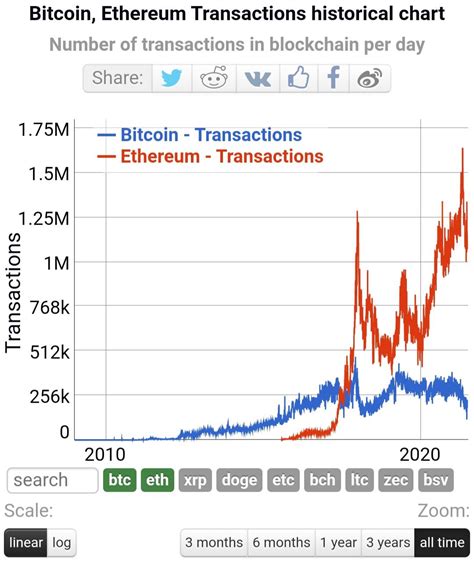Waiting for a specific block number with Ethereum transactions: Use nlockTime
Ethereum delivers several parameters with which the transaction process, including “nlocktime”, can be manipulated, which enables more control over the confirmation process of transactions. However, the use of “nlocktime” alone cannot guarantee that a transaction is waiting for a specific block number.
What is “nlocktime”?
“NlockTime” represents a closing time that prevents a transaction from being transformed into the network until it meets certain conditions. This parameter enables more flexible and predictable transaction times, but also leads additional complexity.
Waiting for a specific block number with nlockTime
To wait for a certain block number with nlocktime, you must use the following syntax:
`Solidity
Transactiondata.nlocktime = block number;
`
Replace “Blocknumber” with the desired block number and make sure that it is a valid integer.
Why is that useful?
Waiting for a certain block number with “NlockTime” can be an advantage in different scenarios:
* Foreseeable transaction times : By using “nlockTime” you can guarantee that transactions are waiting for a specific block number to ensure predictable transaction times.
* improved scalability
: With “nlocktime” it makes it possible to use batched transactions or simultaneous execution of several transactions on the same block, which improves scalability and efficiency.
* Reduction of overload : If you wait for a certain block of blocks, you can reduce the congestion in the network and prevent unnecessary congestion caused by transactions with shorter closing times.
Example uses
Suppose we want to implement a reward system for users who have certain tokens. We have to ensure that all rewards are transmitted according to a certain block number (e.g. 1000). We can use “nlocktime” as follows:
`Solidity
Pragma solidity ^0.8.0;
Contract reward system {
Uint256 public reward interval;
Mapping (address => uint256) public rewards;
Function Setreward Interval (Uint256 _Rewardinterval) Public {
Request (_Rewardinterval> = 1; / Sure a positive block number /)
Request (_Rewardinterval <= 3600000; / Make sure that the reward interval is valid /)
wage interval = _Reward interval;
}
Function deduction (address user, Uint256 amount) public {
Request (rewards [user]> 0; / Check whether the user has rewards /)
Request (Block.Timestamp> = Blocknumber – Poly -Interval; / Wait for the specified block number /)
// transfer rewards to the user
Rewards [user] -= amount;
}
}
`
In this example, we use “NlockTime” to wait for a certain block number (1000) before you transfer rewards. This ensures that all rewards are transmitted after a fixed interval.
Diploma

The use of “NLOCKTIME” with Ethereum transactions offers more control over the transaction process and can help to improve the scalability, predictability and reduction of the network. However, it is important to understand the boundaries of “Nlocktime” and use it with a careful way to avoid unexpected behaviors or errors.